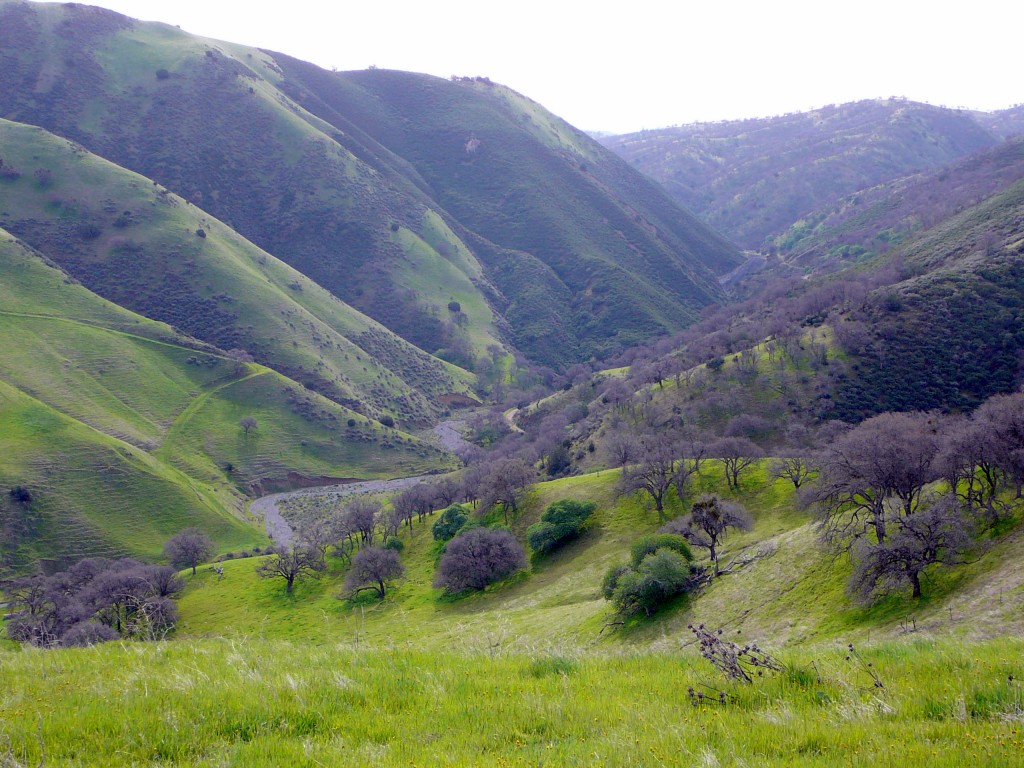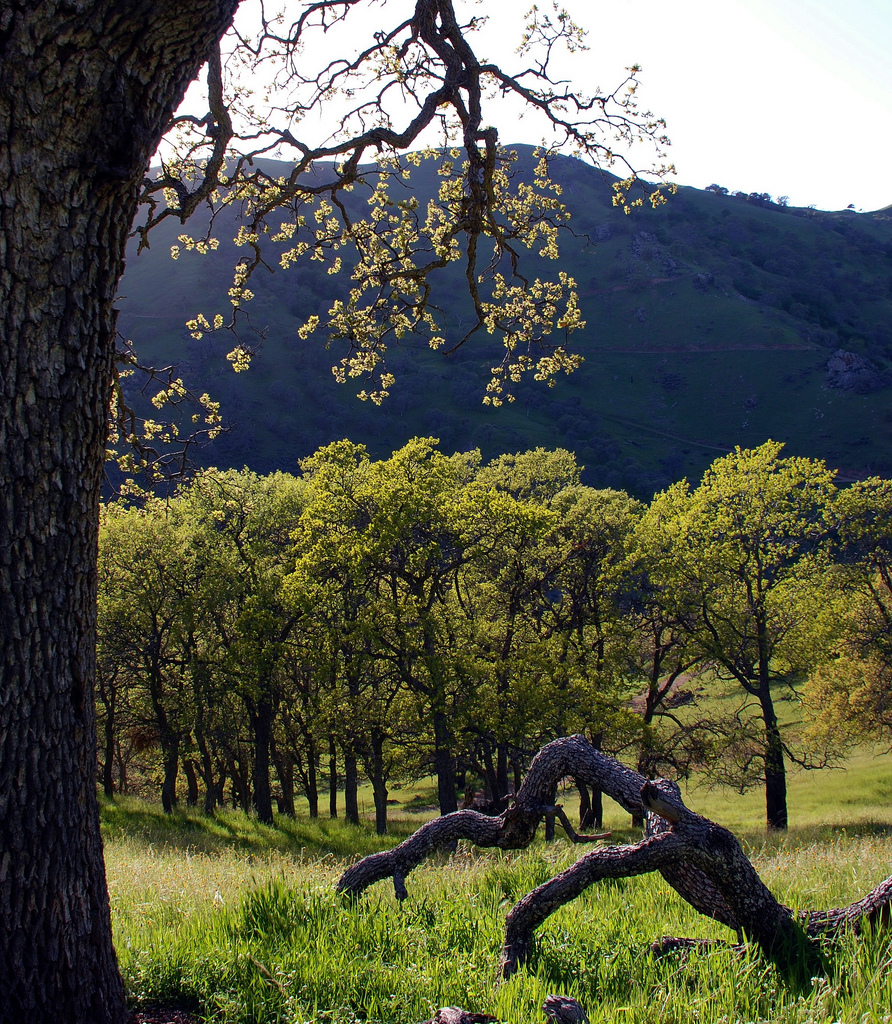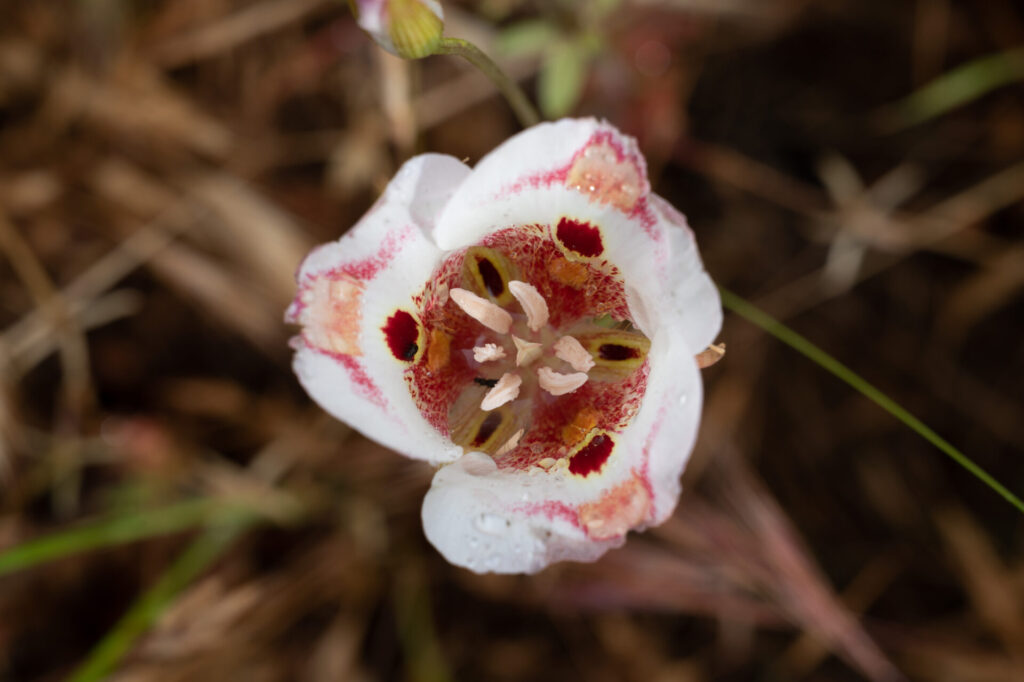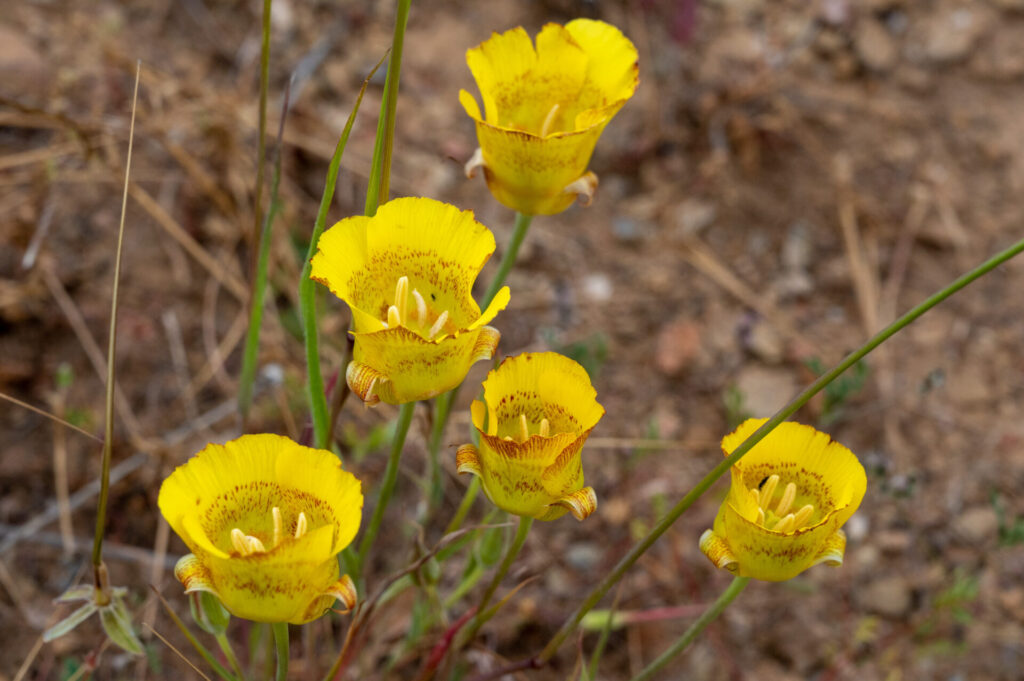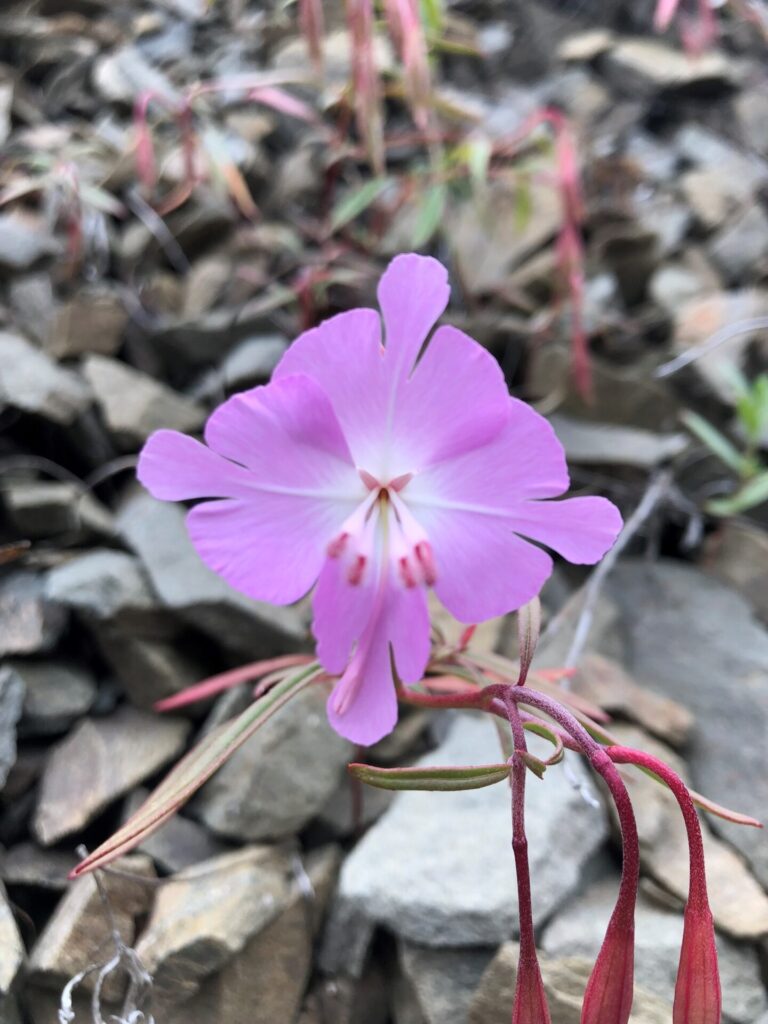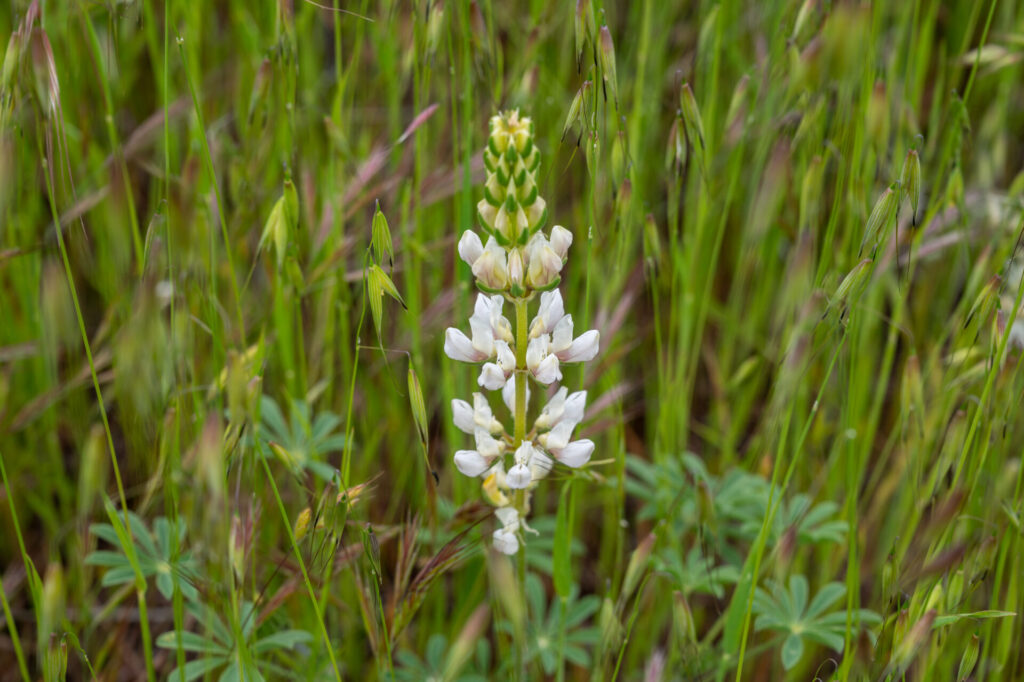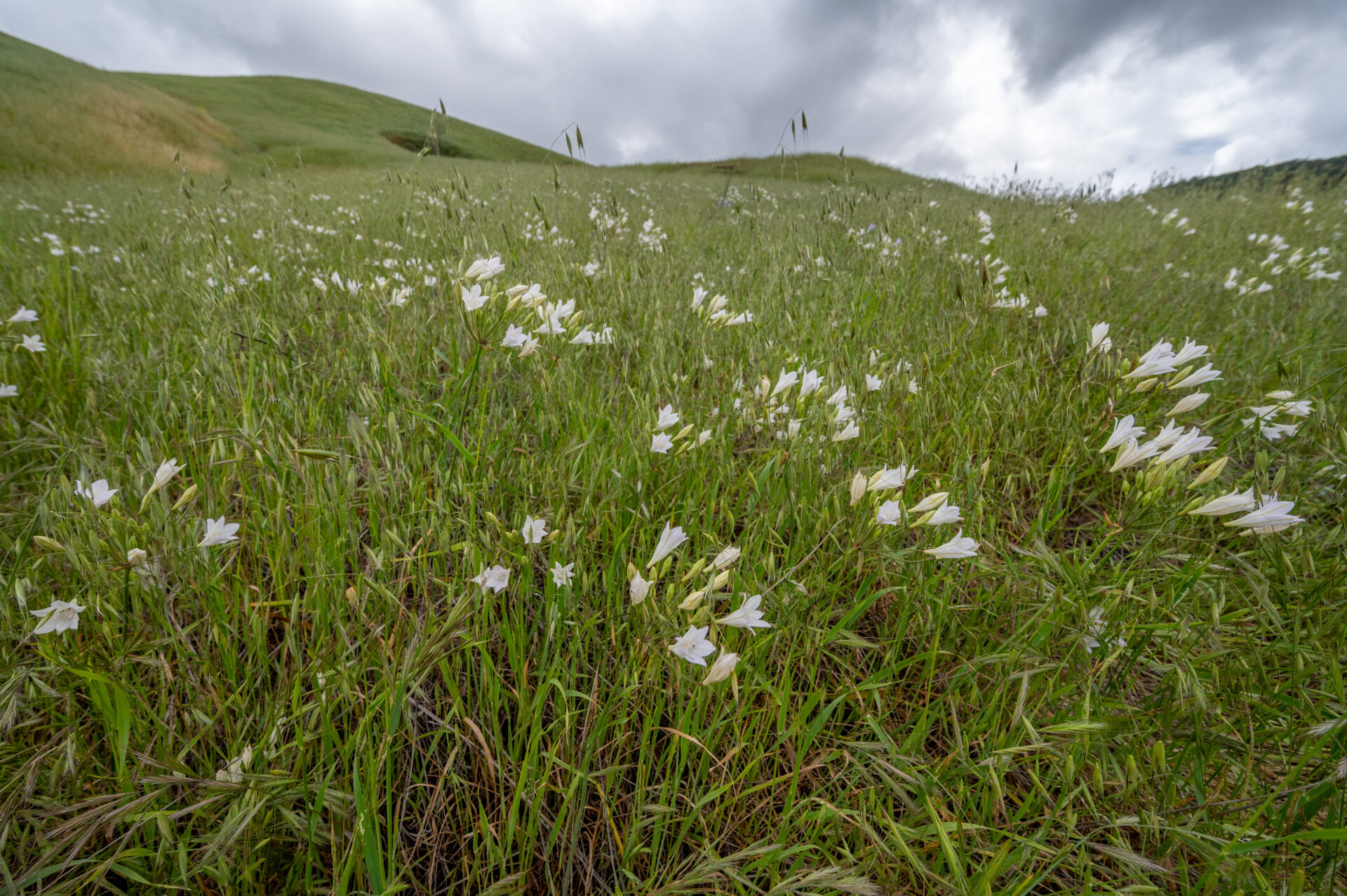Tesla is also rich in its biological resources. Located in the Northern Diablo Range, Tesla’s 3,100 acres are primarily Blue oak and pine woodlands, mountain savannah grassland, scrub sage and riparian woodlands with scenic ridge tops and dramatic canyons feeding into Corral Hollow Creek which drains into the San Joaquin River system.

A naturally scenic area, Tesla supports a wide range of sensitive wildlife, plant species and habitats, many of which are endangered, threatened, or have other special statuses, such as California red legged frog (CRLF), Foothill yellow-legged frog, California tiger salamander (CTS), Western spadefoot toad, Golden eagle, mountain lions, and tule elk. The level of biological diversity is unique with over 53 Listed Wildlife Species, 45 Special Status Rare Plants, not counting the 74 Locally Rare/Watch List Plants, and 9 Sensitive Vegetation Communities.

There are many factors that promote Tesla’s biodiversity. It is located at the transition between biotic zones where many species exist at the outmost extent of their range. It has the large Corral Hollow Creek watershed which feeds its biodiversity. It is an east-west and north-south habitat corridor along the Northern Diablo Range. The area, considered to support one of the most diverse vertebrate populations in the region, has been a field study area for UC Berkeley and other universities since the 1940s.
Tesla is also:
- Botanical Priority Protection Area by the East Bay Chapter of the California Native Plant Society
- Important Bird Area by the California Audubon
- Federally Designated Critical Habitat for California red-legged frog and Alameda whip snake
- Critical Linkage Habitat Corridor along Northern Diablo Range
Biological Assessment confirms Tesla’s irreplaceable Biodiversity and Regional Ecological Values
Friends of Tesla Park recently released the most complete compilation of currently available data and information on the biological resources and ecological values of Tesla, titled Reserve Classification of California State Parks Alameda-Tesla Property, Alameda County, California based on an Assessment of Biological Resources and the Effects of Recreational Activities on those Resources, The report documents Tesla’s exceptional biodiversity, regional and statewide biological significance, and role in meeting priority conservation objectives and includes a synthesis on the scientific research analyzing the impacts of recreational activities, and the negative impacts of those activities on the natural resources.
The report concludes that the best classification option available to protect Tesla’s 3,100-acres of irreplaceable biodiversity and broad ecosystem values is for the California Department of Parks and Recreation Commission to classify Tesla as a State Reserve.
Tesla is not like any other land and cannot just be replaced or substituted with something else.
